In today's complex business landscape, effective corporate governance has never been more crucial. As ecoDa celebrates its milestone 20th anniversary, we are pleased to present the European Governance Barometer 2025, a comprehensive analysis of governance trends across the Stoxx Europe 600 companies, benchmarked against the S&P 100 and drawing on Eurozone 300 data where applicable.
This collaborative effort between ecoDa and Ethics & Boards offers unique insights into how European boards have evolved in structure, diversity and practices from 2018 to 2025. The findings reveal significant progress in several areas while highlighting opportunities for continued development in an increasingly complex global business environment.
Download the full European Governance Barometer 2025 Report here
The growth of corporate governance in Europe
The European Confederation of Directors' Associations (ecoDa) has been at the forefront of promoting robust governance practices across Europe for two decades. Since its founding in 2004, ecoDa has worked to enhance board effectiveness through policy advocacy, best practice guidelines and director training.
Ethics & Boards brings its data-driven approach to corporate governance analysis, providing objective metrics that allow for meaningful comparisons across companies, sectors and regions. The indices used in this Barometer, Stoxx Europe 600, S&P 100 and Eurozone 300, offer complementary perspectives on governance trends, with the first representing Europe's largest listed companies, the second providing US benchmarks, and the third offering a focused view of Eurozone practices.
This historical context is essential for understanding the significant shifts in European corporate governance over the past decade, including increased regulatory focus on board diversity, independence and accountability.
Key Findings
Board independence rises in Europe, but structural gaps remain
European boards maintain a consistent structure with an average of 11 members, slightly smaller than the 12-member average seen in S&P 100 companies. This board size has remained remarkably stable over recent years, suggesting an established approach to board composition across the continent.
Perhaps more noteworthy is the steady improvement in board independence. European boards have reached a 70.4% independence rate in 2025, representing a significant 5 percentage point increase since 2018. While this demonstrates clear progress, Europe still trails behind the S&P 100's 84.6% independence rate.
This gap reflects fundamental structural differences in European corporate ownership. The continent has a higher prevalence of family-owned or founder-led companies, where controlling shareholders naturally maintain a stronger board presence. This structural reality creates a different governance landscape compared to the more widely dispersed ownership typical in the US.
These differences in independence have important implications for decision-making processes, with European boards often balancing shareholder control considerations alongside independence requirements, a balance that can create both challenges and opportunities for strategic direction.
Europe shows strong gender diversity on boards
European boards continue to set the pace globally for gender diversity, with women now accounting for 40.9% of voting members on Stoxx Europe 600 boards. This represents an impressive gain of 10 percentage points over seven years and places Europe 6 points ahead of the US S&P 100 companies.
This progress reflects the impact of both regulatory initiatives and changing corporate attitudes across Europe. However, a significant challenge remains at the highest leadership level, with only approximately 10% of European boards chaired by women. This stark contrast between overall representation and leadership positions highlights the persistent barriers to women reaching the most influential governance roles..
Gender balance at the CEO level still to be achieved
The representation of women in European executive leadership has shown consistent improvement, reaching 26.7% in 2025, up substantially from 15.7% in 2018. This steady annual gain of 1.6 percentage points has allowed Europe to nearly close what was previously a significant gap with the US.
However, at the CEO level, progress remains disappointingly slow. Women hold just 8.3% of CEO positions in European companies, slightly behind the US figure of 9%. This underscores the continued challenges in achieving gender balance at the very top of corporate leadership structures.
This disparity has significant implications for succession planning and leadership development. Companies that demonstrate stronger gender diversity in mid-level executive positions are creating more robust talent pipelines, potentially positioning themselves for more balanced leadership in the future. Investors increasingly view these pipeline metrics as important indicators of forward-looking governance quality.
European boards stand out for international and generational diversity
European boards demonstrate greater international diversity than their US counterparts, averaging 3.6 nationalities per board compared to 2.6 for S&P 100 companies. The increase in European extranationals is particularly notable, while representation from Asia-Pacific regions has grown modestly across both Europe and the US.
Age diversity also distinguishes European boards, with directors averaging 60 years, four years younger than their US counterparts. The age distribution in Europe is more balanced, with half as many directors over 70 and three times more under 50 compared to US boards. This generational diversity can potentially bring a wider range of perspectives to European boardrooms.
Notably, European directors average 6 years of board service compared to 8 years for US directors. This shorter tenure may contribute to a more dynamic board composition and fresh perspectives, though it must be balanced against the need for institutional knowledge and continuity.
A leaner approach to governance defines European boardrooms
European boards operate with leaner committee structures, averaging 3.7 committees per board, one fewer than typical US boards. This pattern has remained consistent since 2018, reflecting Europe's traditionally more compact governance models that emphasise efficiency while maintaining comprehensive oversight.
This streamlined approach may offer advantages in decision-making speed and coordination, though it requires careful attention to ensure that all governance responsibilities receive adequate focus. The data suggests that European companies are finding effective ways to balance efficiency with thorough oversight, potentially offering lessons for governance structures globally.
Evolution of board remuneration and evaluation practices
Director remuneration in Europe has grown at an annual rate of 3.9% since 2019, aligning with the growing responsibilities and expectations placed on board members in today's complex business environment.
Particularly encouraging is the sharp rise in external board evaluations, which have increased by 30% between 2019 and 2023. This trend signals a growing commitment to board accountability, transparency and performance improvement across European companies.
This strengthened focus on evaluation reflects changing stakeholder expectations and a recognition that effective governance requires regular, objective assessment. Companies with robust evaluation processes are better positioned to identify and address governance weaknesses before they impact performance.
The future of European corporate governance
The progress documented in the Barometer 2025 is significant, but important challenges remain. Closing the gender gap in board leadership and CEO positions will require continued focus on talent development and succession planning. Similarly, while board independence has improved, the gap with US practices suggests room for further development in some European markets.
Regulatory developments will continue to shape governance practices, with the European Gender Diversity Balance Directive being a key example. It aims to ensure at least 40% of non-executive director positions or 33% of all director positions are held by the under-represented gender by 2026, potentially accelerating progress in countries that have lagged behind.
Furthermore, emerging global challenges will increasingly influence board composition and focus. Digital transformation requires boards with relevant technological expertise, while sustainability imperatives demand directors with understanding of environmental and social governance considerations. European boards' relatively younger average age and greater international diversity may position them well to adapt to these challenges.
Looking ahead, we anticipate continued convergence on some governance metrics between Europe and the US, particularly in areas like gender diversity in executive roles. However, structural differences in ownership patterns are likely to maintain some distinctions in independence levels.
Key takeawaysThe European Governance Barometer 2025 reveals a governance landscape that continues to evolve positively, with notable progress in diversity and accountability. While European boards lead in gender representation and international diversity, challenges remain in achieving leadership diversity at the highest levels. For corporate leaders and board members, these findings offer valuable benchmarks against which to assess your own governance structures. We encourage you to consider:
As governance expectations continue to evolve, proactive, data-driven assessment becomes increasingly important. The journey toward optimal governance is continuous, with best practices developing in response to changing business environments and stakeholder expectations. For a comprehensive analysis of these trends, including detailed breakdowns by country, sector, and company size, we invite you to download the complete European Governance Barometer 2025 report. This resource offers invaluable insights to board members, executives, investors and governance professionals seeking to understand and improve corporate governance practices. |
Related Articles
See all postsNew Governance solutions with AGM Voting Insight and ESG Data distribution
04-04-24
Will ESG Reporting Be Mandatory Soon? Overview On Regulatory Landscape
03-03-24
Corporate Governance: Agility & Digitalisation as Resilience Drivers
20-01-24
8 Steps to Prepare for the Future of Board Meetings
12-11-23
Board Meeting Insights Survey Report Summary
12-10-22
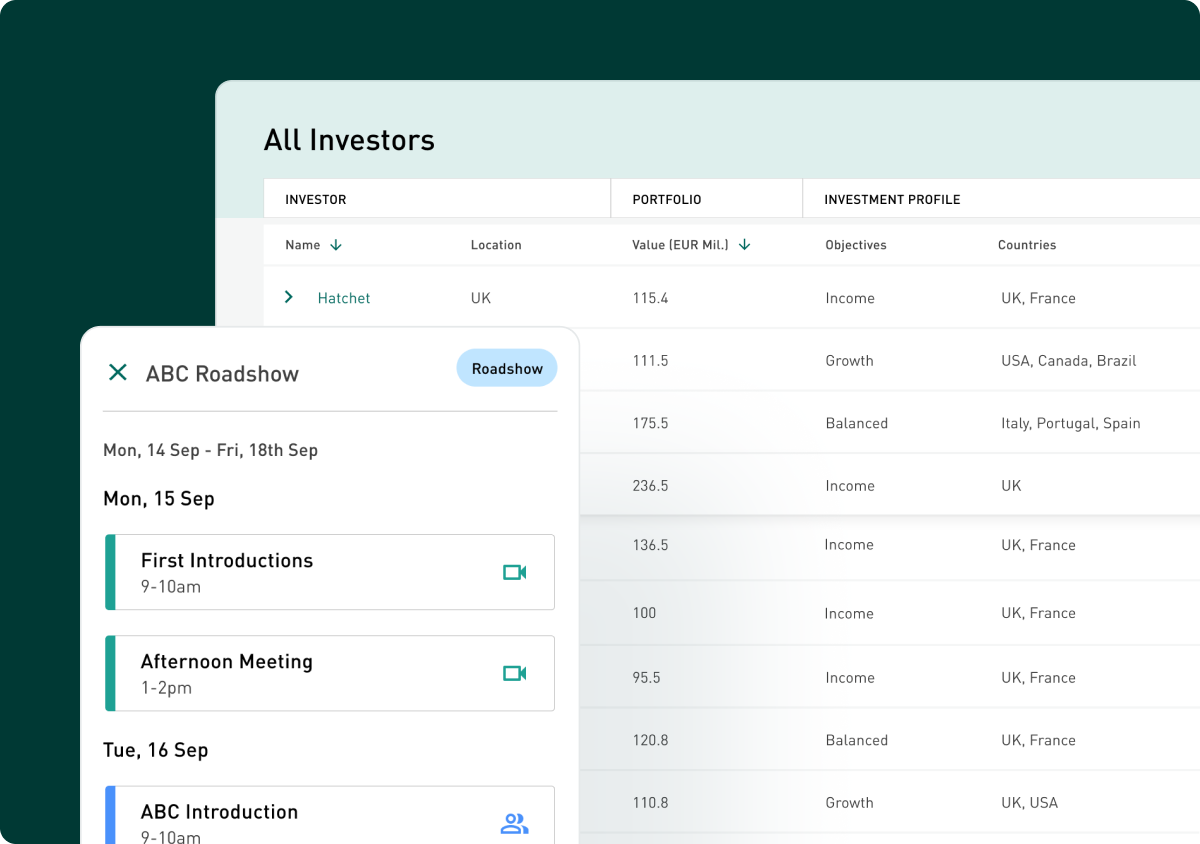




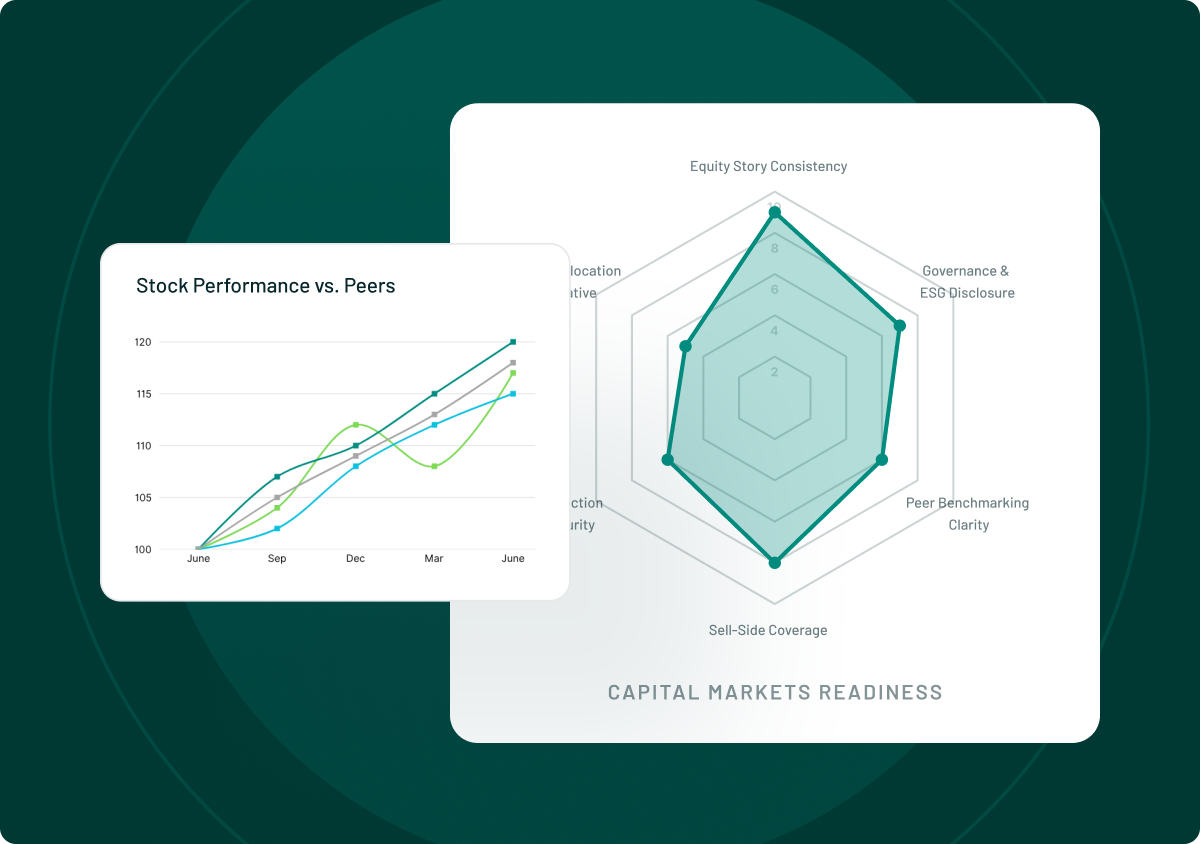




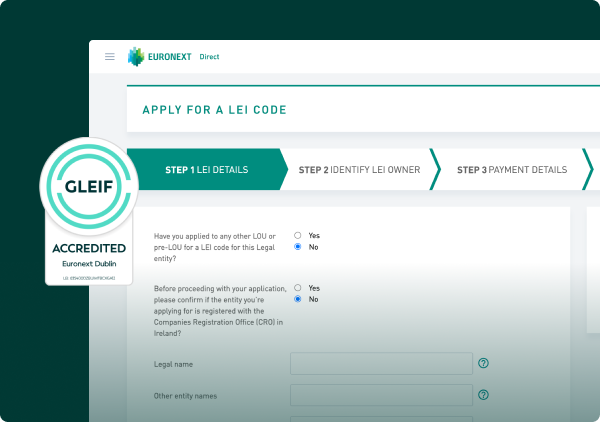

.png)
.png)



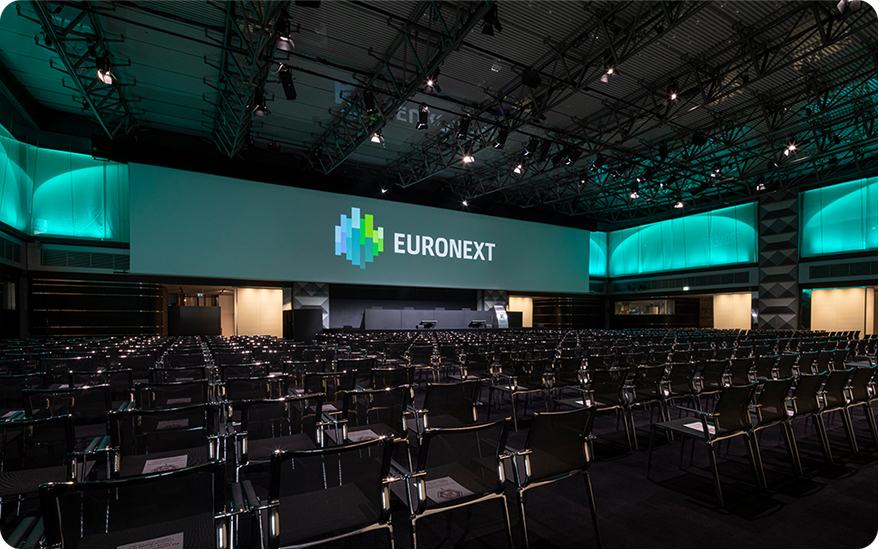

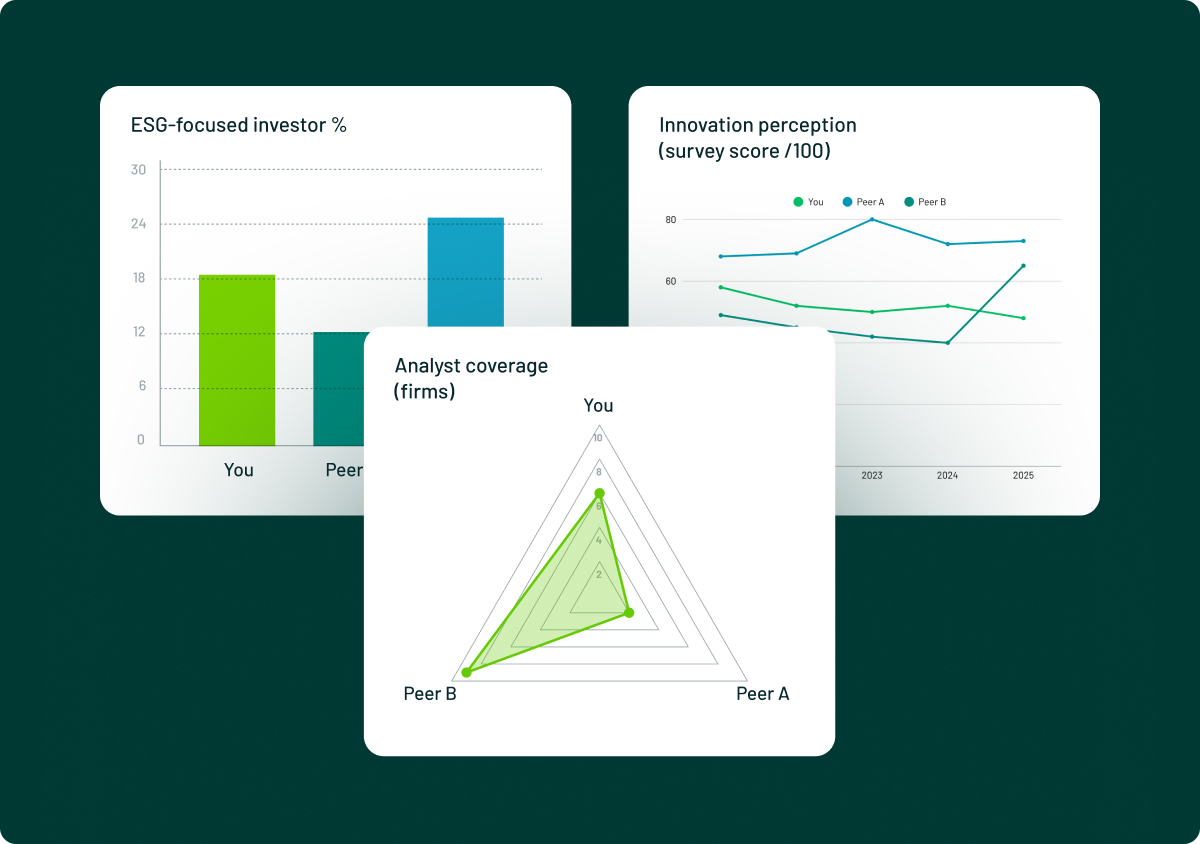
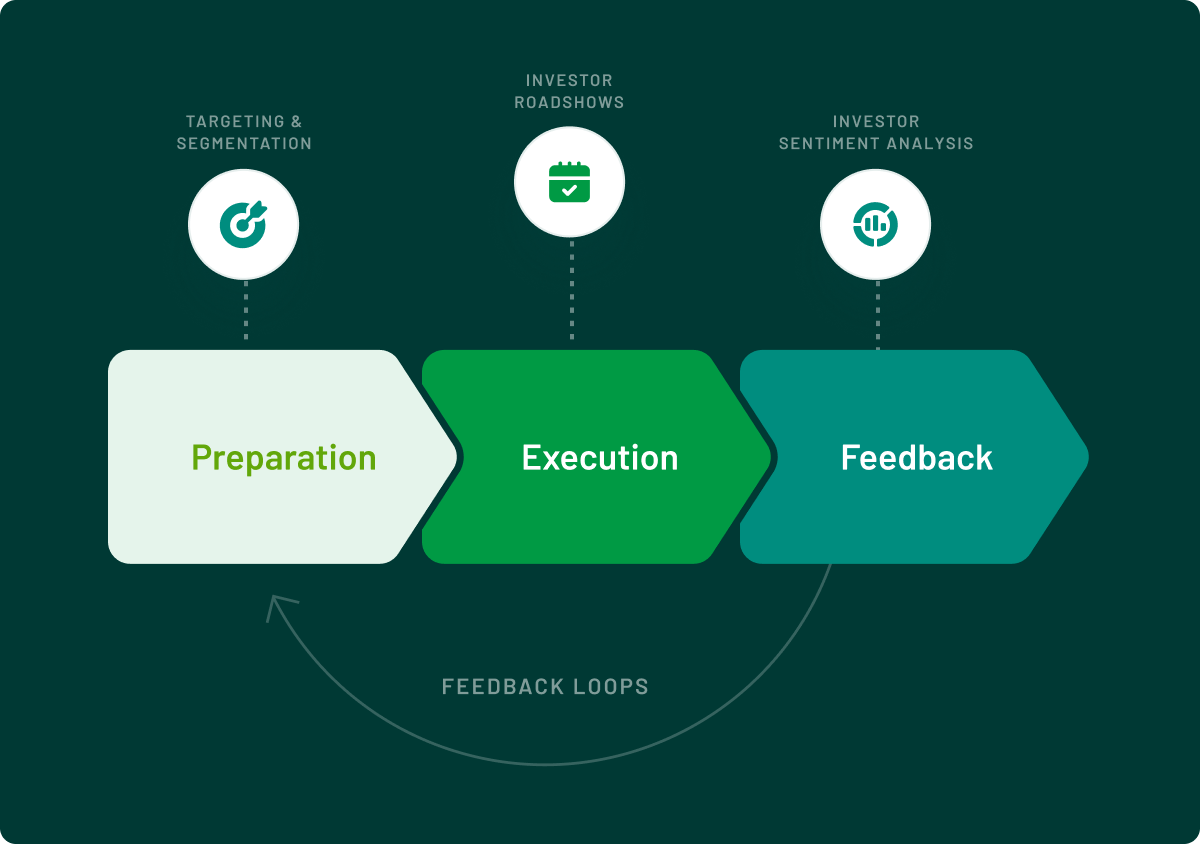










.png)
.png)
















.webp)







